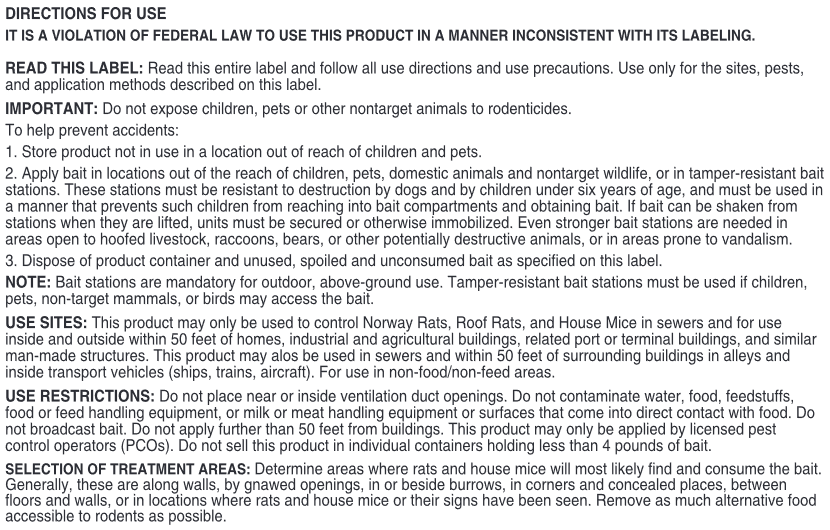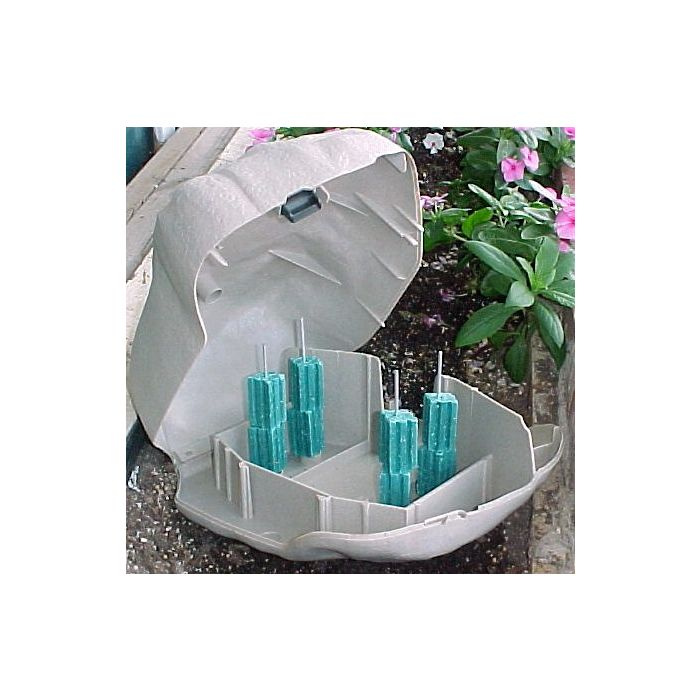Bandage saver spray/bitter apple?
I’ve had luck with my own pepper spray out of Carolina reapers that work fantastic but I wouldn’t put it anywhere a horse could get it in their eyes or mouth!
BO/BM def needs to be aggressive on mouse control! I won’t poison as I don’t want to risk the lives of owls and other critters that eat mice, but I have a variety of snaps, electric, and trough traps. Of course I haven’t seen a mouse since my barn snake moved in!
Many animal rescues will adopt out feral cats for barn situations.







 I’d been trying to trap/poison that one for awhile but when they’re hanging around for the nesting sites instead of for food it’s HARD to entice. So I drown her. I still feel bad about it, poor thing
I’d been trying to trap/poison that one for awhile but when they’re hanging around for the nesting sites instead of for food it’s HARD to entice. So I drown her. I still feel bad about it, poor thing 
